Personal Kill
In training centers around the world, American soldiers are taught to kill at close range—a “personal kill.” Pictures of the places where soldiers practice, and a discussion of the US military’s increasing reliance on machines.
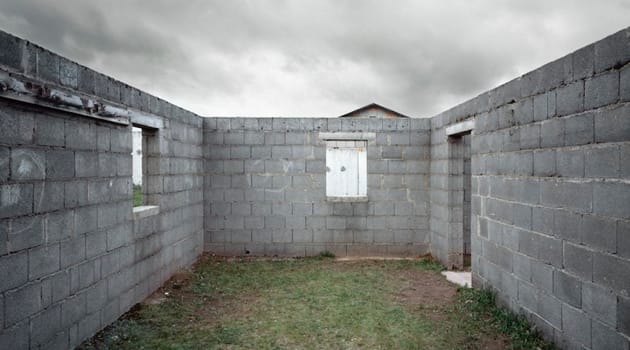
Interview by Rosecrans Baldwin
TMN: Walk us through how Personal Kill began. Was it difficult to obtain access to the training sites?
Beate Geissler & Oliver Sann: We had been working with computer games and computer-game players and inevitably gravitated toward the ur-scene of simulation, the military industrial complex. We started to visit training sites for military operations on urban terrain and worked as embedded journalists in multi-national training sites during rotation training and also in downtime. It certainly wasn’t easy to gain access, especially because we needed and wanted to go back so many times. At the moment we’re working on global electronic trading and it seems to be more difficult to get into a data center or on a trading floor than it was for us to take pictures in restricted military areas.
It also seems that with the increasing deluge of images in our culture on the one hand and the paradigmatic change from a linear, script-based culture to the concomitance of image regimes on the other, the truly important processes become increasingly invisible or governed by restriction. Continue reading ↓
All images used with permission, all rights reserved, copyright © Geissler/Sann.
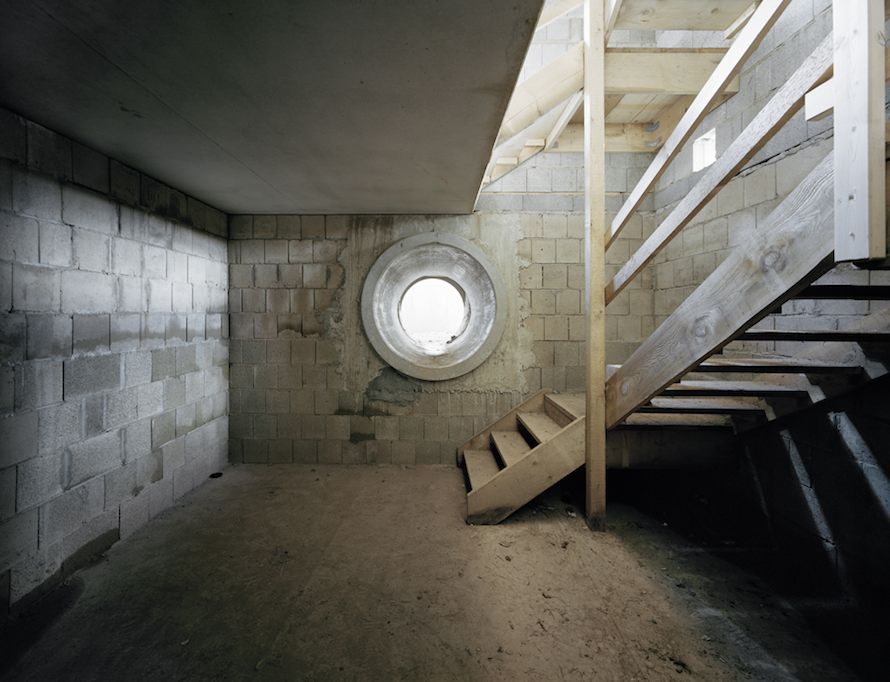

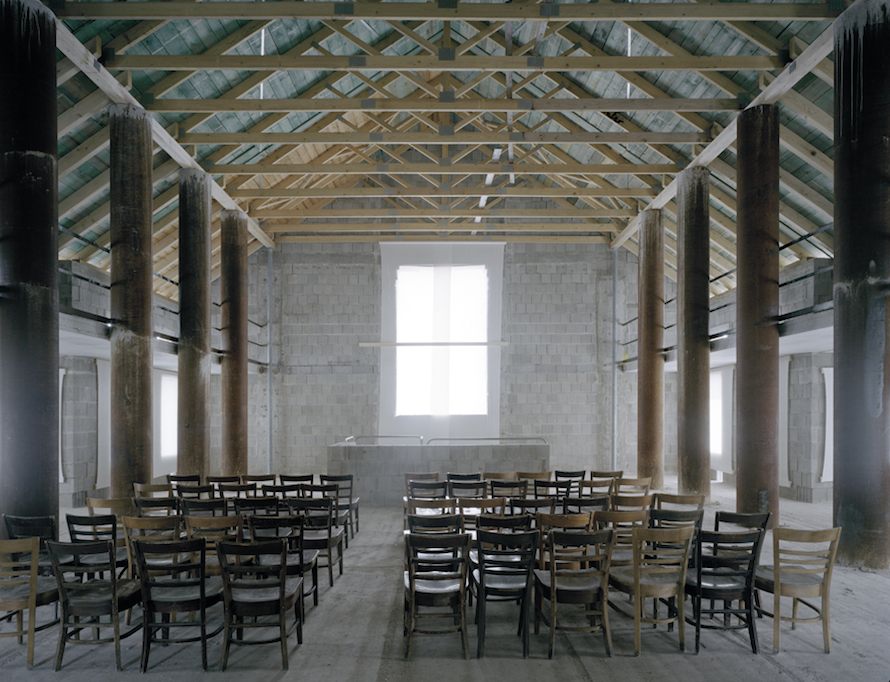
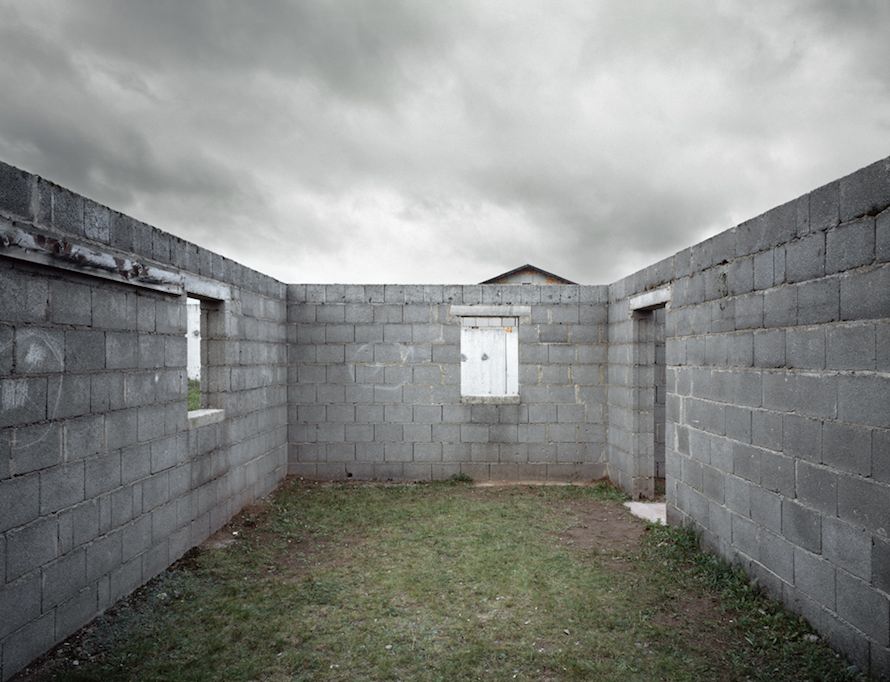

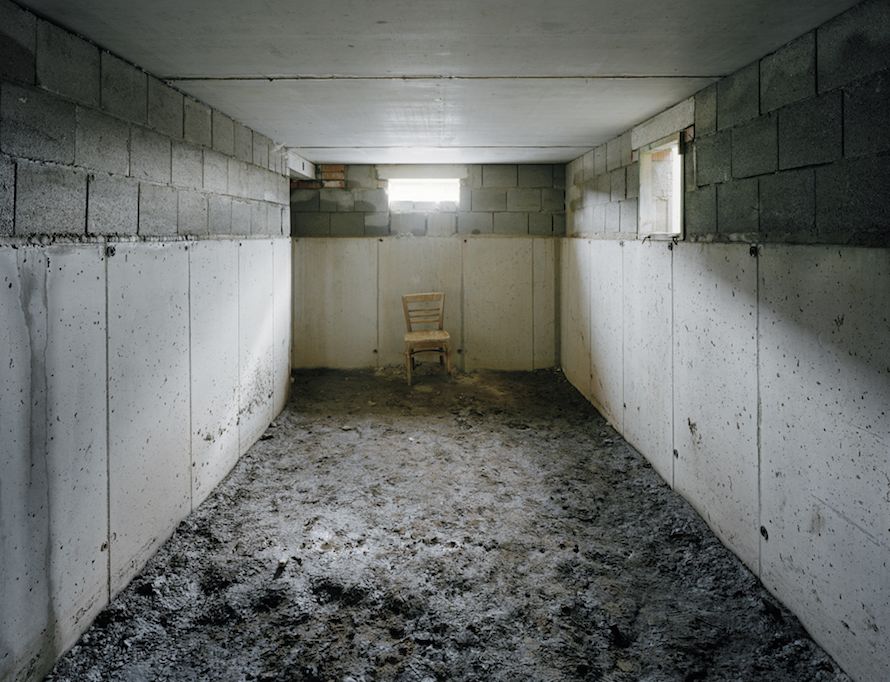
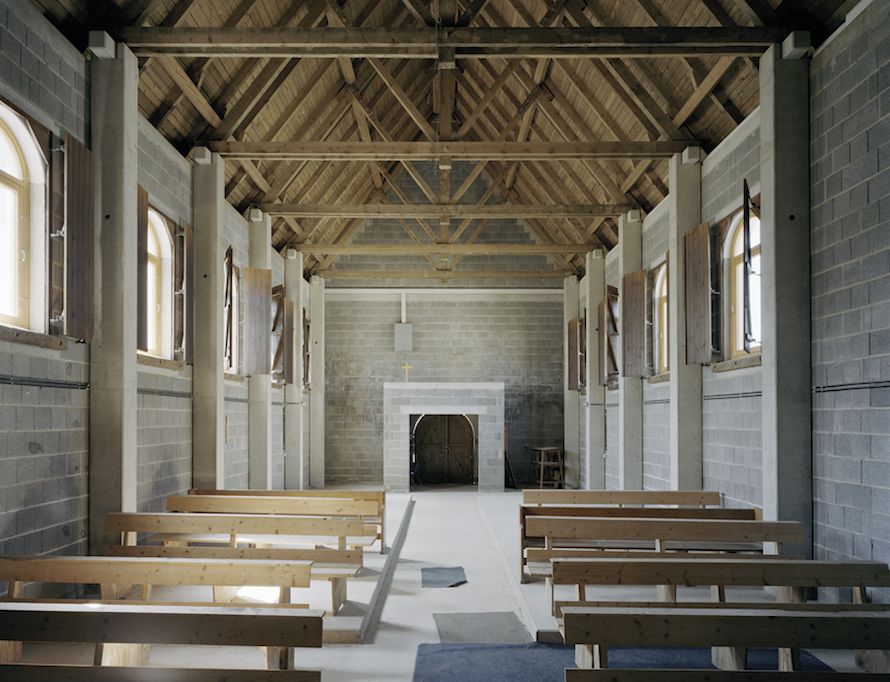
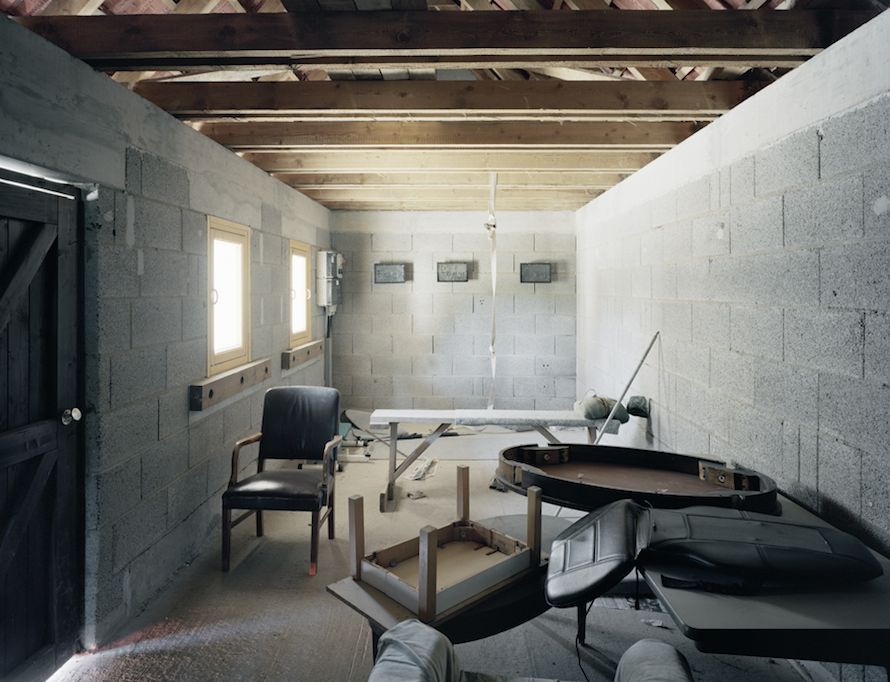

Interview continued
TMN: What do you mean, “the concomitance of image regimes?” What “truly important processes” are you talking about?
BG/OS: Images exist next to each other in a quasi-equality in the moment they are perceived, no matter when, where, and under what circumstances they were made. Decisions or initiatives in general are increasingly exercised through electronic communication, computer-controlled environments, and in response to the images generated in order to visualize those underlying invisible electronic processes and to transmit images from other places and other realities. The immediacy of our physical perception becomes progressively secondary in comparison to the amount of information we are exposed to and what informs our judgment and choices.
In this context it makes sense to mention what Vilém Flusser writes about images: “Human beings forget they created the images in order to orientate themselves in the world. Since they are no longer able to decode them, their lives become a function of their own images: Imagination has turned into hallucination.”
TMN: Where are these training sites are located?
BG/OS: Most of the pictures for the book were taken in Bavaria, Germany, and in facilities of the U.S. Army Garrison Bavaria, which is one of the biggest hubs in Europe for all of Middle East.
TMN: Did you interact with soldiers who train there?
BG/OS: We have been working on this work and other related research on military training sites for more than two years and met many people, with some we are still in contact. Just recently, Oliver accidentally met a vet here in Chicago, who trained on one of the sites where we took pictures before he was deployed to Iraq around the same time.
TMN: What did the vet think about training there? How have people in the military responded to your work?
BG/OS: Most of the people appreciate the way the book argues that there is no way to prepare for killing another person. The escalation of the war machinery presents this training as a necessity. Some responses we received stressed the fact that it appears to be difficult to assess the scope of responsibility this training is applied with. Yet all soldiers clearly experienced unprecedented occurrences in their lives in war and were irreversibly conditioned in one way or another. At no time does the training prepare for the time after.
What people seem to respond to is that those images of interiors simply trace the intention of war, not the result. In order to understand this conflict it seems to be adequate to ask about intentions.
TMN: But how should our military train if not for these simulations?
BG/OS: You are right. Intrinsic in the logic of military preparedness is the imperative to assume war and to train for it. But simulations are not only informing our reality but also creating new realities. The question is what can we learn from structures, buildings, and cities meant to train soldiers to pull the trigger with eye-to-eye contact—what kind of future is speculated and what do we do about the occurring trauma?
TMN: You’ve studied this, you’ve worked inside it—do you have an answer to your own question? What should we do?
BG/OS: It seems that the military’s answer is to invest in technology that allows for more automated, remote-controlled units; surveillance; and weapons like robots and drones in any imaginable form in order to avoid human casualties on the side of the military and in order to control from the distance. Next to other things, this also indicates an increasing militarization of cities and public communities in general, because single individuals are the target. But drone pilots get PTSD too, and war zones or conflicts can’t be controlled by machines. Automation seems still to go only so far and the distance of the flying eye can trigger the application of violence much easier than the immediacy of human encounter.
Every veteran we met or know seems to be significantly impacted by his or her experience, not to speak of those described by the absurd term “collaterals.” Galileo says in Bertold Brecht’s play, “The aim of science is not to open the door to infinite wisdom, but to set a limit to infinite error.” Or infinite terror.
